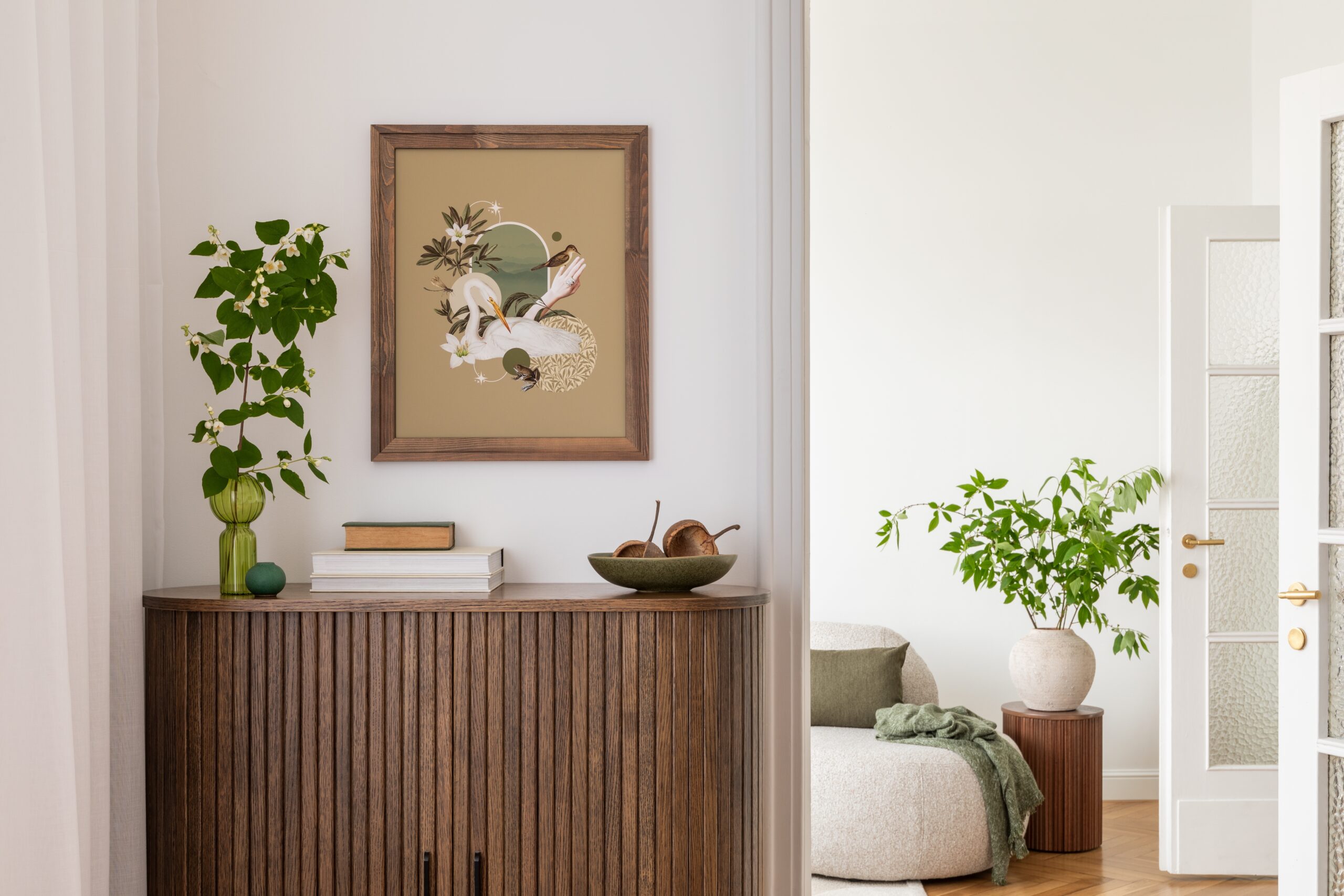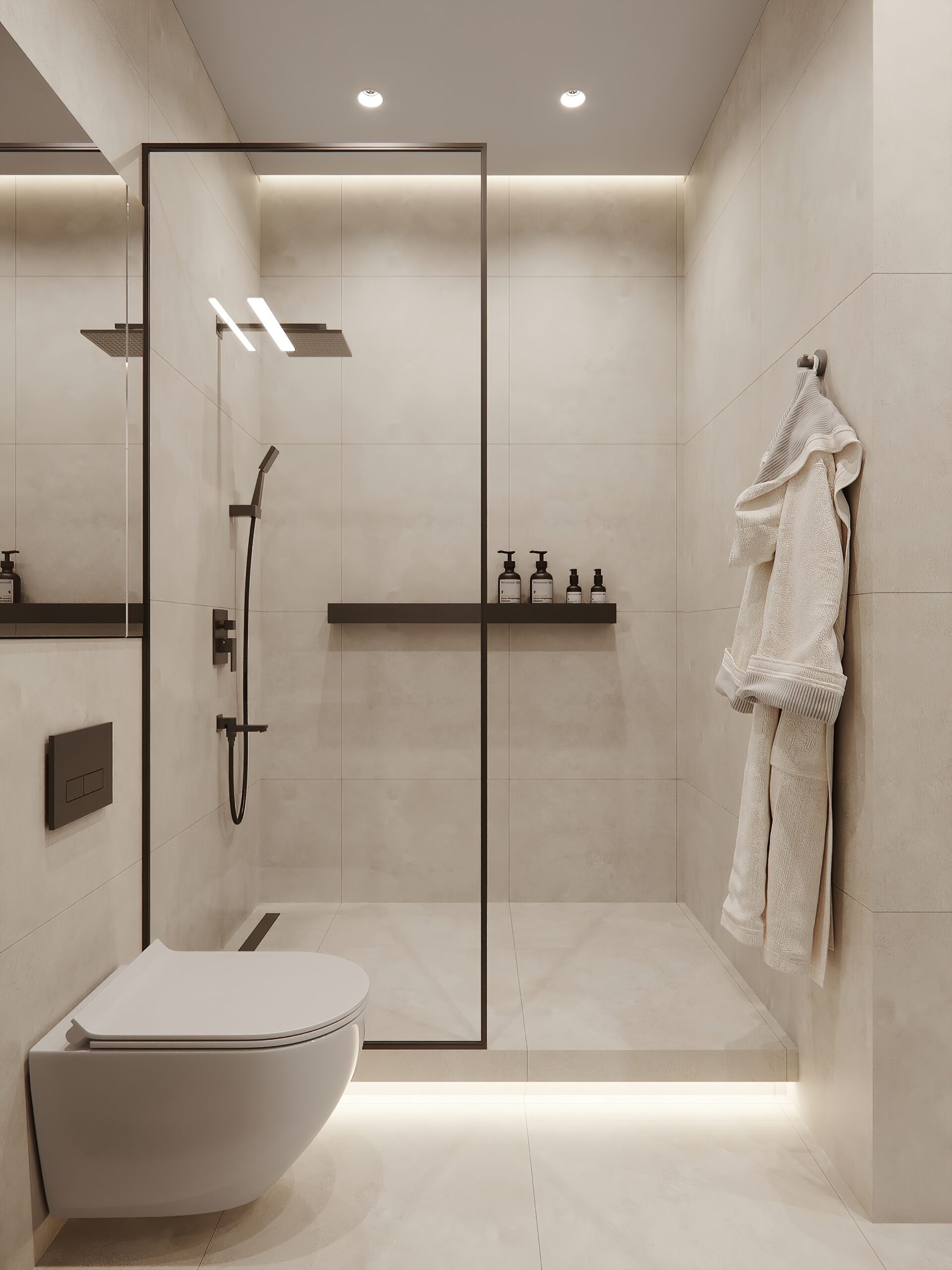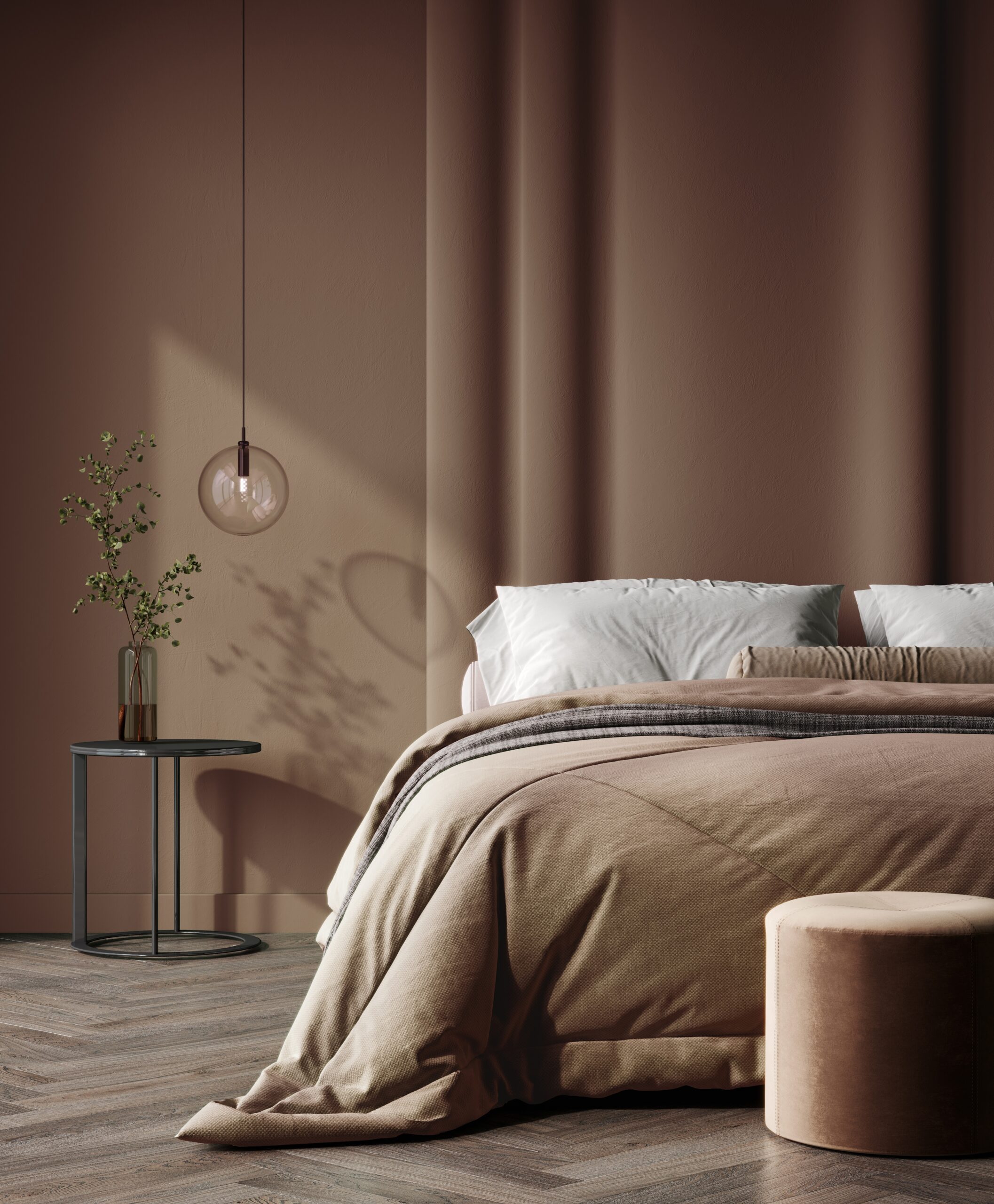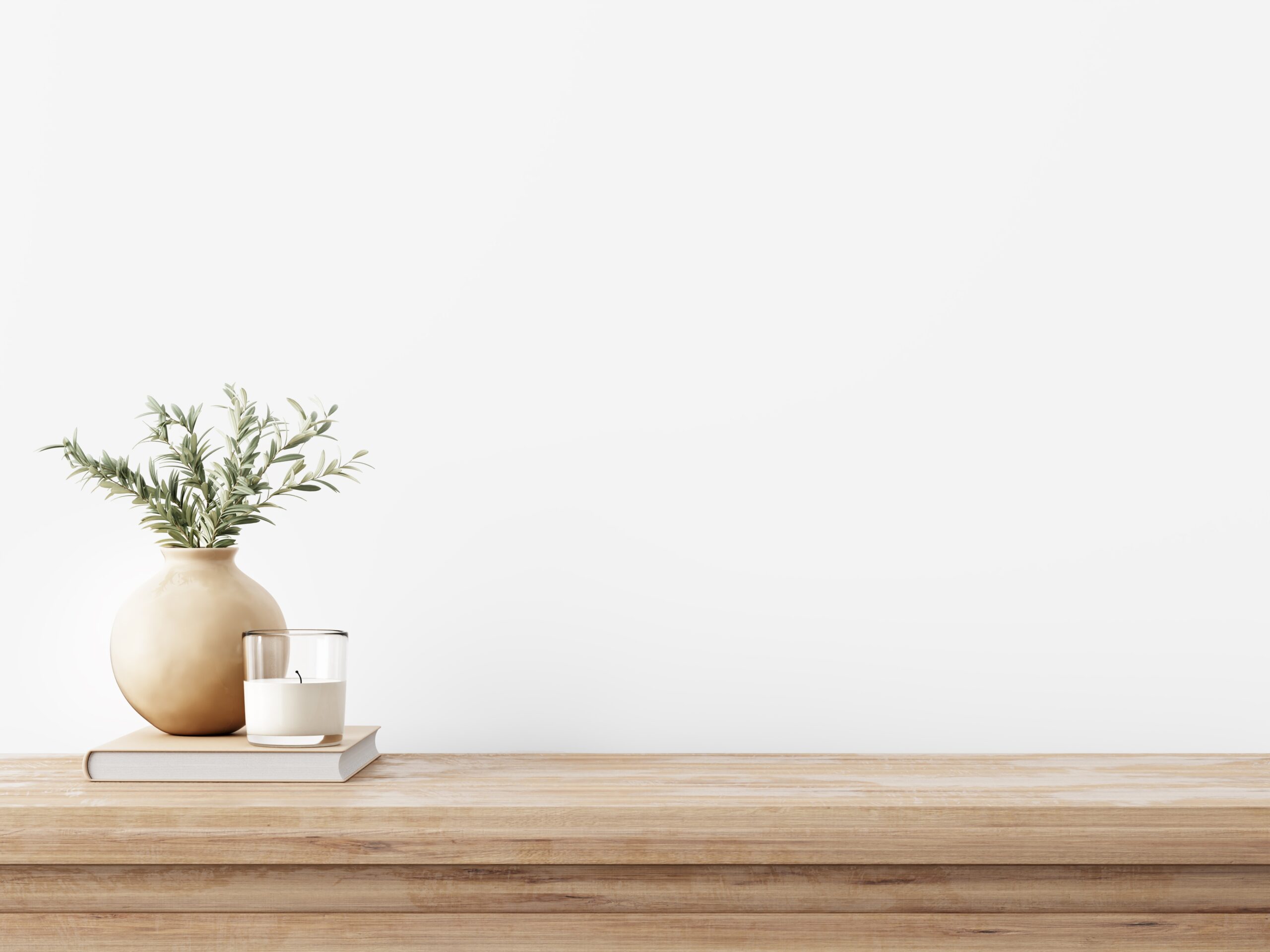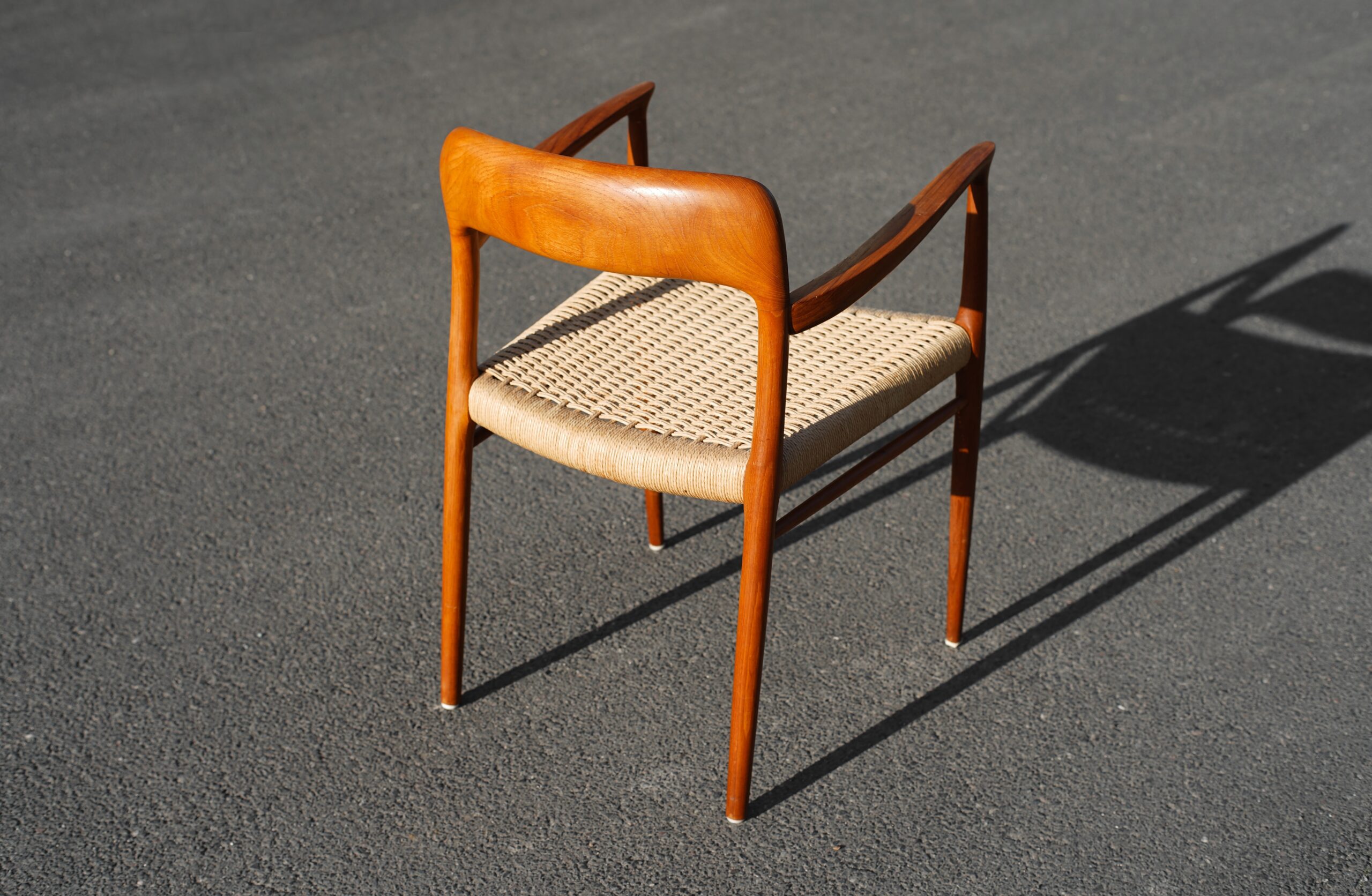In an age of fast furniture and fleeting design trends, thrifting and vintage shopping have emerged as smart, sustainable, and seriously stylish alternatives. Decorating your home with pre-loved treasures not only helps reduce waste and overproduction—it also injects character, history, and originality into your space. This guide explores how to shop for vintage gems, style them with confidence, and build a home that’s as unique as it is conscious.
Outline
- Why Vintage is the New Chic
- Sustainability: The Green Heart of Thrifting
- Where to Find Great Second-Hand Pieces
- What to Look For (and What to Avoid)
- Mixing Old and New: Styling Tips
- Benefits Beyond Aesthetics
- Common Myths About Thrifting
- Room-by-Room Vintage Inspiration
- Final Thoughts: A Home with Soul
Why Vintage is the New Chic
Vintage décor is having a major revival—and not just because it’s affordable. Design lovers are drawn to the charm, craftsmanship, and stories behind older pieces.
Whether it’s a mid-century armchair, an ornate mirror, or a rug with a faded patina, vintage pieces:
- Bring warmth and soul
- Avoid cookie-cutter trends
- Add visual depth and contrast to modern spaces
“A room without vintage feels incomplete—it’s the unexpected that makes it magical.”
Sustainability: The Green Heart of Thrifting
Every second-hand purchase helps fight the throwaway culture. Here’s why it’s a win:
- Reduces landfill waste
- Lowers demand for resource-heavy production
- Extends product life and slows the cycle of consumption
- Avoids packaging waste and transportation emissions
| Impact | Traditional Furniture | Vintage/Thrifted |
|---|---|---|
| Carbon Footprint | High (production + transport) | Minimal |
| Waste | Often ends in landfill | Diverts from waste stream |
| Materials | Frequently synthetic or MDF | Often solid wood, real leather, etc. |
Where to Find Great Second-Hand Pieces
You don’t need to scour antique fairs every weekend (unless you want to!). Try these sources:
- Local charity shops and thrift stores
- Online marketplaces (Facebook Marketplace, eBay, Gumtree)
- Vintage shops and consignment stores
- Flea markets and car boot sales
- Estate sales and auctions
- Community “Buy Nothing” groups
Tip:
Set alerts online for keywords like “mid-century,” “Scandi,” “brass,” or “rattan.”
What to Look For (and What to Avoid)
What to Look For:
- Solid wood furniture
- Original artwork or prints
- Handmade ceramics or textiles
- Retro lighting (check wiring)
- Vintage mirrors or trays
Be Cautious Of:
- Mattresses and upholstered headboards (hygiene concerns)
- Heavily damaged items unless you’re up for a project
- Vintage with a price tag higher than new designer pieces—do your research!
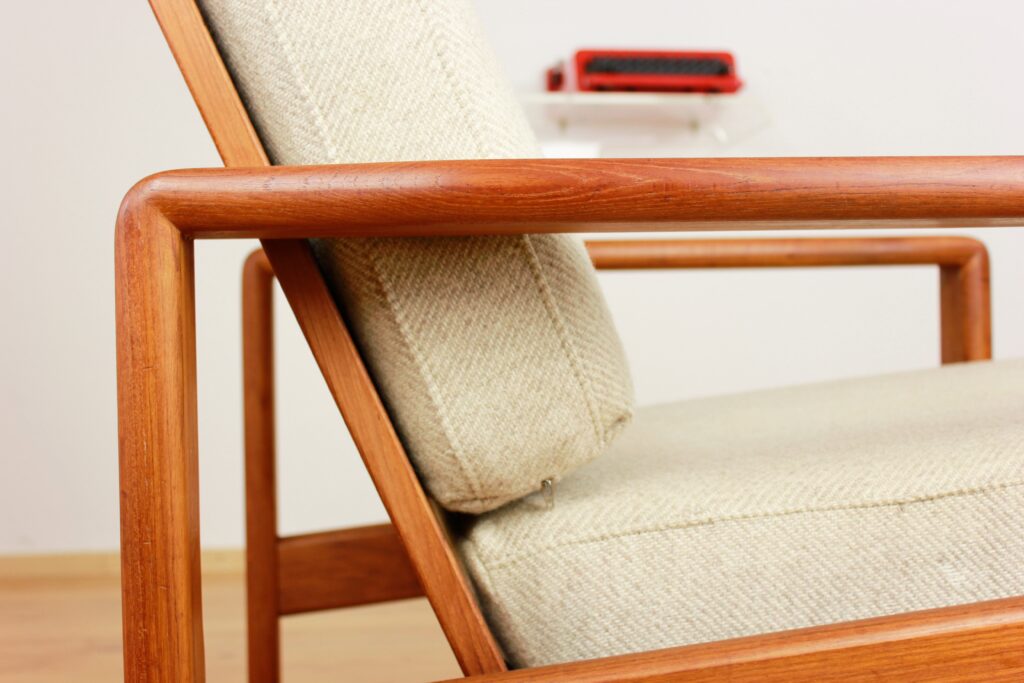
Mixing Old and New: Styling Tips
You don’t have to go full-grandma to make vintage work. The trick is to balance old pieces with clean, modern elements.
- Pair a mid-century chair with a sleek glass table
- Style vintage vases on minimalist shelves
- Mix old Persian rugs with neutral, modern sofas
- Frame old art in modern black or white frames
Contrast = character. Let one or two vintage pieces be the hero, and keep the rest simple.
Benefits Beyond Aesthetics
Thrifting isn’t just eco-friendly and stylish—it also gives you:
- Budget flexibility: Quality finds at a fraction of retail prices
- Emotional connection: You’ll remember where you found it and why it spoke to you
- Conversation starters: Every vintage piece has a story
- Support for local charities and second-hand economies
Common Myths About Thrifting
Myth 1: It’s all junk
Truth: With some patience, you can find real gems. Many second-hand items are well-made and timeless.
Myth 2: It’s not hygienic
Truth: Most items can be thoroughly cleaned, polished, or refinished.
Myth 3: It won’t match my style
Truth: Vintage spans every design trend—from Art Deco to ’90s minimalism.
Myth 4: It’s outdated
Truth: Style is cyclical. What’s old often becomes the next big thing.
8. Room-by-Room Vintage Inspiration
Living Room
- Retro armchair with reupholstered velvet
- 1960s teak coffee table
- Record player cabinet with character
Kitchen
- Vintage copper pans as wall art
- Mid-century bar cart
- Rustic table paired with modern chairs
Bedroom
- Cane headboard
- Art Deco bedside lamps
- Antique dresser with updated hardware
Entryway
- Old wooden bench
- Brass coat hooks
- Vintage mirror for a warm welcome
Final Thoughts: A Home with Soul
Sustainable decorating doesn’t have to be beige, boring, or bland. Thrifting allows you to curate a home with history, personality, and purpose.
In a world obsessed with the next big trend, choosing vintage is a quiet act of rebellion. It says:
“I want a home that’s built to last—one that tells a story.”
So next time you need a new chair, lamp, or even a rug—why not start by looking into the past?
You Might Also Like:
- How to Mix Old and New Like a Pro
- 10 Timeless Design Rules Every Home Should Follow
- Eco-Friendly Interior Design: Beautiful and Conscious Choices
Want more design ideas delivered monthly? Sign up for our newsletter and get styling tips, DIY inspiration, and vintage moodboards straight to your inbox!


